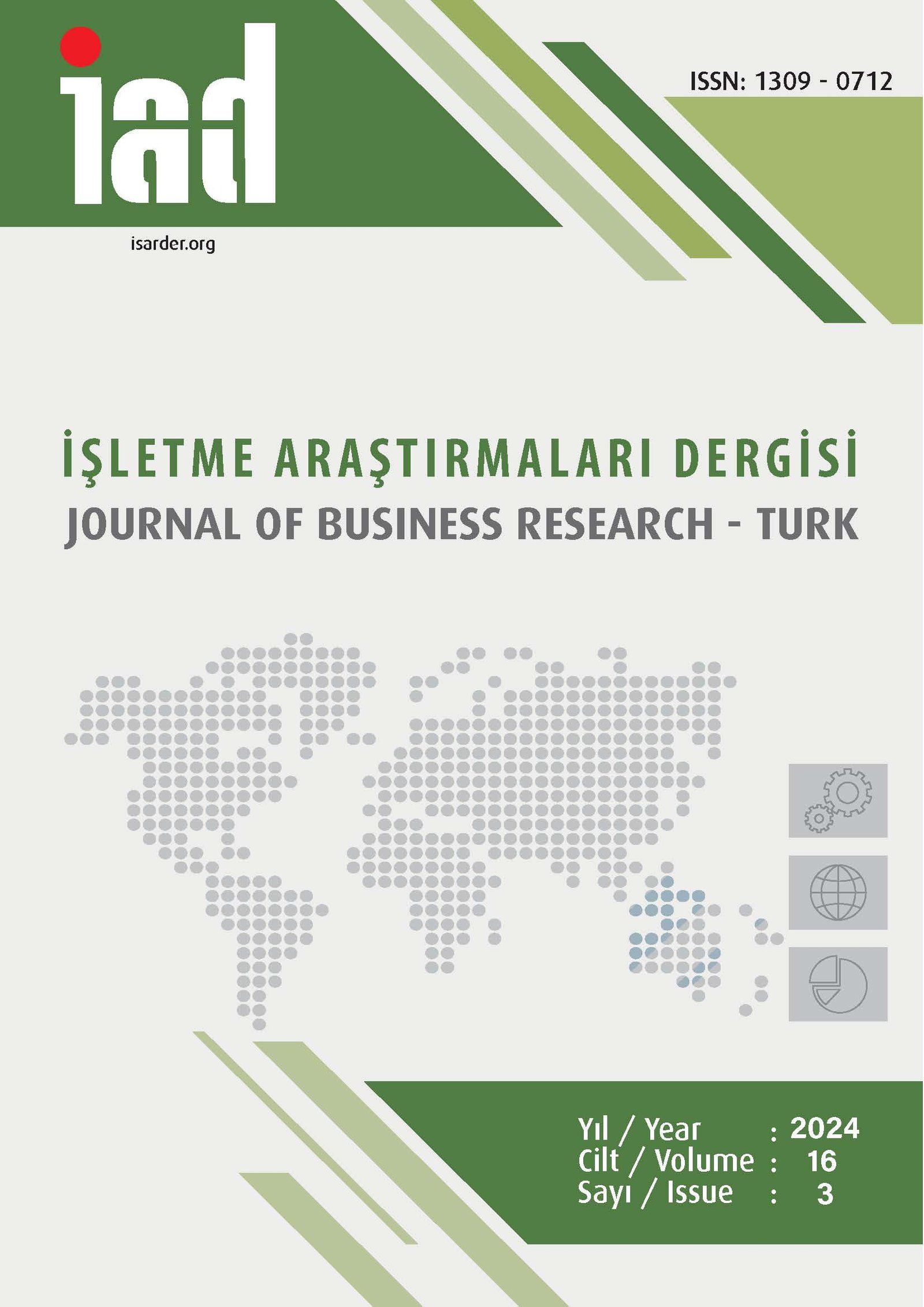The Effect of Negative Organisational Gossip and Organisational Hypocrisy on Turnover Intention
DOI:
https://doi.org/10.20491/isarder.2024.1878Keywords:
Negative organizational gossip, Organizational hypocrisyAbstract
Purpose – The costs associated with employee turnover extend far beyond the immediate financial burdens of recruitment and training to include loss of organizational knowledge, declining morale, and potential erosion of customer relationships. In this context, in order to retain qualified human capital and prevent the multifaceted costs that may arise due to employee turnover, organizations strive to identify the factors that shape employees’ turnover intentions and develop strategic interventions related to these factors. Based on this point, this study investigated the mediating role of organizational hypocrisy in the effect of negative organizational gossip on turnover intention. Design/methodology/approach – The study included 437 people working in the IT sector. SPSS 26.00 and Smart PLS 4 are used for data analysis and structural equation modeling was used to test the research hypotheses. Findings – According to the findings, negative organizational gossip and organizational hypocrisy factors such as broken promises and inconsistencies in practices increase turnover intention. In addition, negative organizational gossip increases all factors related to organizational hypocrisy separately. According to the results of the mediation role analysis, broken promises and inconsistencies in practices among the factors of organizational hypocrisy play a mediating role in the effect of negative organizational gossip on turnover intention. Discussion – To protect their human capital, organizations should develop clear policies against negative gossip, promote a culture of positive communication and respect, regularly review their practices to reduce the perception of organizational hypocrisy, and ensure alignment with their stated values and commitments.
Downloads
Published
How to Cite
Issue
Section
License

This work is licensed under a Creative Commons Attribution-NoDerivatives 4.0 International License.





